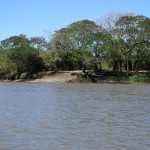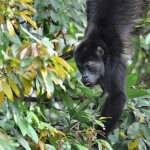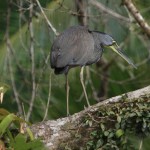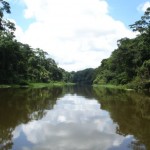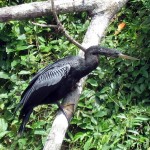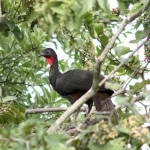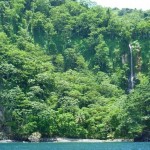
Cocos Island National Park
Cocos Island
Cocos Island National Park Located in the Pacific Ocean, 532 miles from Cabo Blanco, Costa Rica, to the east, between the parallels of latitude N 5 30 “and 5” and the meridians 34 0687 1 “87 6”.
It was created by Executive Order No. 8748-A, June 22, 1978. It covers an area of 2,400 hectares in the terrestrial and 97,235 in the navy.
The island is considered a natural laboratory for studying the evolution of species.
Cocos Island It is extremely wet, about 7,000 mm per year, and is covered with evergreen forest, which has provided the cloud at Cerro Iglesias, 634 m
The topography is very broken, leading to the formation of many waterfalls, some of which fall expectacularmente the sea from a great height.
The coast is very sinuous, has cliffs up to 183 meters high and many underwater caves. The sea is turquoise blue of extraordinary transparency.
The island was discovered in 1526 by the pilot Joan Cabezas in 1556 and is already included in the planisphere of Nicolás Desliens as Cocos Island.
During the seventeenth and eighteenth centuries was a haven for pirates and privateers who flourished along the Pacific coasts of Spanish America.
According to legend, hid priceless treasures here as Lima, consisting of tons of gold and silver bullion, gold leaf covering the domes of the churches, the treasure was hidden William Davies in 1684 and that of Benito “Bloody Sword “Nice in 1819.
An evergreen, thick and dense, covering the territory of the wild island of 2,400 hectares, high-frequency cloud and lashed by torrential rains and rains.
Here we have identified 235 plant species (70 endemic), 362 insects (64 endemic) and 2 endemic reptiles: the lizard and the salamander, 3 spiders, 85 of seabirds including (4 endemic), 57 crustaceans, 118 mollusks sea, over 200 fish and corals 18. Its waters abound white tip sharks, hammerhead sharks, giant tuna, parrot fish, blankets and horse mackerel.
Among the most distinctive species of trees on the island are the copey, ironwood and palm endemic.
Among the endemic birds include: the Cocos Island flycatcher, the Cocos Island cuckoo, finch and Cocos Island. Common in the forest is the holy spirit bird, white visiting the island to nest and is distinguished by hovering over the heads of visitors.
Cocos Island is a land of natural beauty and a real laboratory for the study of nature.
Ferns, bromeliads, rivers, streams and waterfalls, valleys, cliffs and islands frequented by countless seabirds and nesting place for seagulls and birds fools.
The park has several programs. Protection Program ensures compliance with the laws of conservation of natural resources, maintaining a proper balance of the ecosystems of the island in the terrestrial and marine limits.
Another function is to ensure the safety of domestic and foreign visitors who come to the island.
Management Programme aims to achieve the planning of the whole work of the park in the short to medium term.
Research and Monitoring Program aims to lay the groundwork for the development of scientific research in the area and promote according to the priorities of the park.
Finally, the Public Use Program, which aims to raise awareness among groups engaged in fishing in the area boundaries, the importance of preserving populations of marine organisms most threatened commercial use.
We are located in Jaco beach, Check our Amazing tours, White Water Rafting, Canyoneering in Costa Rica, Zip Lining Activities, Sport Fishing, Private Transfers, and much more..

